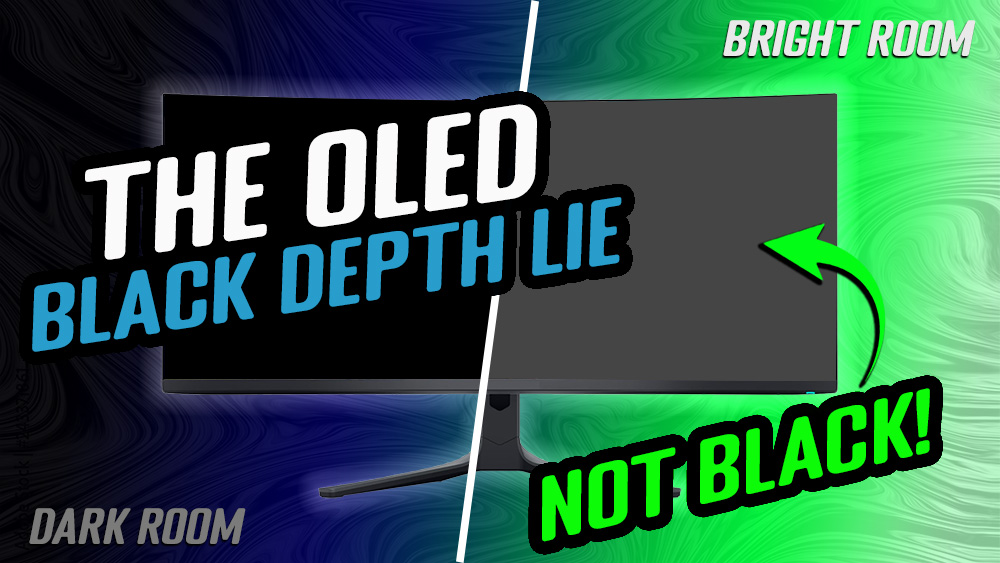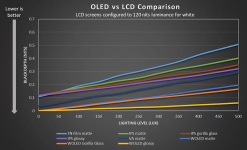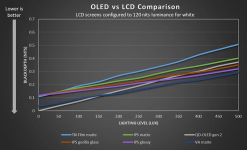- Joined
- May 28, 2019
- Messages
- 10,239
- Reaction score
- 7,168
Just putting this here. I know we have more than a few display junkies out there, myself included and it's commonly known that folks have their own preferences.
This is a very long read but I do recommend it.

 tftcentral.co.uk
tftcentral.co.uk
This is a very long read but I do recommend it.

The OLED Black Depth Lie - When Panel Type and Coating Matters - TFTCentral
Testing and evaluating the perceived black depth and contrast on different OLED and LCD panels, in different lighting conditions. Does technology or panel coating really have an impact?


